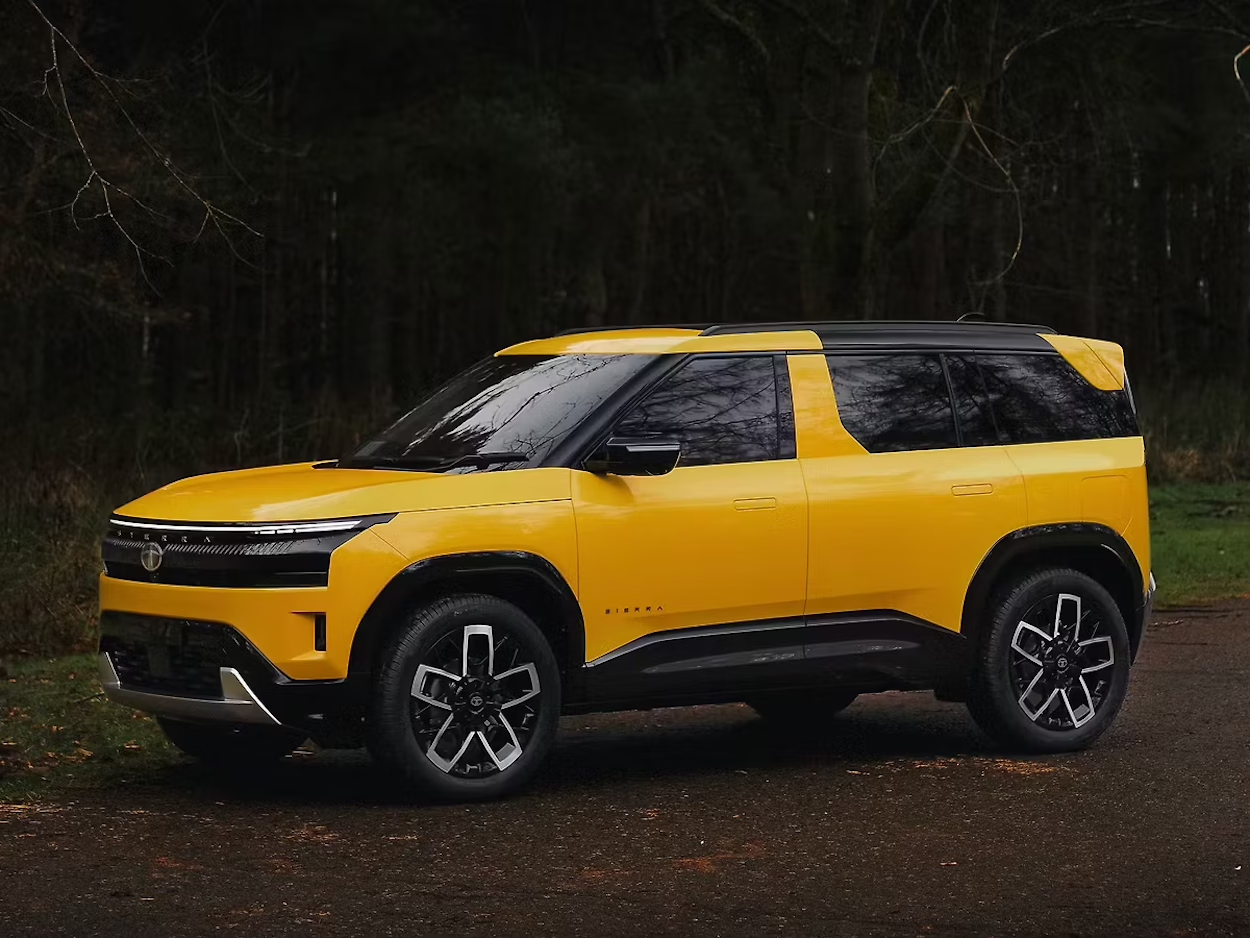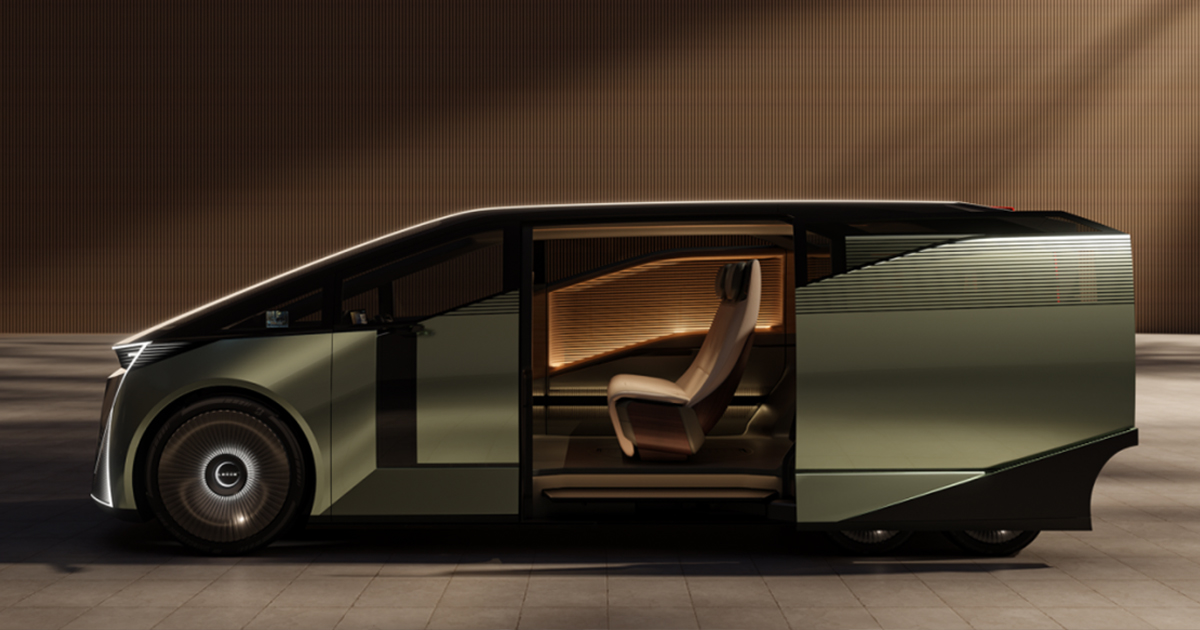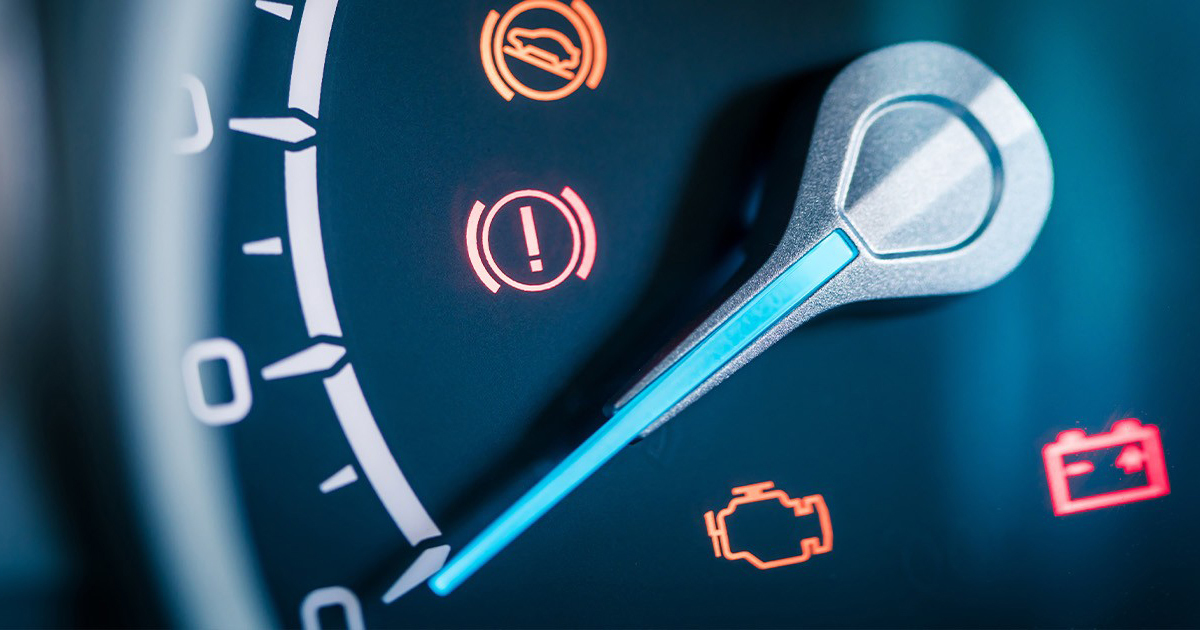The Indian automotive industry is at a defining crossroads in 2025. With the growing urgency for cleaner transportation and rising fuel prices squeezing household budgets, electric vehicles (EVs) are no longer futuristic concepts; they’re today’s reality. In cities like Delhi, Mumbai, and Bangalore, EVs have moved beyond niche status and are now a mainstream option for smart buyers looking to cut costs and carbon emissions.
Adding to the momentum is a proactive government that has rolled out attractive incentives, subsidies, and tax benefits under schemes like FAME-II and various state-level EV policies. These efforts have significantly brought down the price of electric cars, making them more accessible to budget-conscious Indians.
This guide is designed to help new buyers and those planning to upgrade from petrol or hybrid models discover the top electric cars under ₹15 lakh available in India in 2025. From urban hatchbacks to practical sedans, we’ll highlight the models that offer the best mix of technology, efficiency, and everyday usability, without breaking the bank.
Whether you’re an eco-conscious driver or simply looking to reduce your fuel bills, these EV options provide a future-ready driving experience. Read on to explore the most affordable and reliable electric cars that are shaping the future of mobility in India.
Top Electric Cars in India Under ₹15 Lakh: 6 Best Choices
Electric cars are becoming more accessible in India, especially for budget-conscious buyers. Here’s a curated list of the top 6 electric vehicles under ₹15 lakh that combine value, performance, and eco-friendliness.
- Tata Tiago EV – Budget city EV with peppy performance and compact design
- MG Comet EV – Smart urban hatchback with futuristic tech and agile maneuvering
- Tata Tigor EV – Family-friendly sedan with long range and top safety rating
- Citroën ë-C3 – Euro-inspired electric hatch with spacious cabin and impressive ride
- Mahindra eKUV100 – Affordable SUV alternative with practical design
- Renault Kwid EV (Expected Launch) – Futuristic mini-EV for daily commutes
Top Electric Cars in India Under ₹15 Lakh: A Review
With electric mobility rapidly becoming mainstream, buyers now have great choices under a ₹15 lakh budget. These top electric cars in India under ₹15 lakh strike the perfect balance between affordability, efficiency, and modern technology. Below is a detailed description of each car that will help you choose your electric commute for a perfect ride in 2025.
1. Tata Tiago EV – Compact, Affordable, and Surprisingly Capable
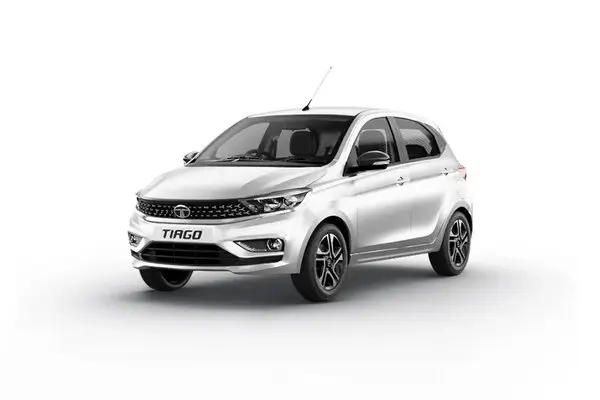
The Tata Tiago EV is India’s most affordable electric car that doesn’t compromise on comfort or performance. It’s ideal for first-time EV buyers looking for a practical city vehicle.
Key Specs:
- Battery: 19.2 kWh / 24 kWh (optional)
- Range: 250–315 km (MIDC)
- Motor: 60 bhp, 110 Nm torque
- Charging: 3.6 kW AC (6.9 hrs) / 7.2 kW AC (3.6 hrs) / DC fast charging (~1 hr)
Unique Features:
- ZConnect connected car tech
- Multi-mode regen braking
- Cruise control, digital instrument cluster
- Smart regenerative braking system
Pros:
- Low running cost
- Nimble for tight city traffic
- Feature-rich, even at the base variant
Cons:
- Limited rear seat space for 3 adults
- The highway range is slightly modest
Ideal For: Urban daily commuters, first-time EV users
On-Road Price (2025 Estimate): ₹9–11 lakh
2. MG Comet EV – The Future of Urban Commuting
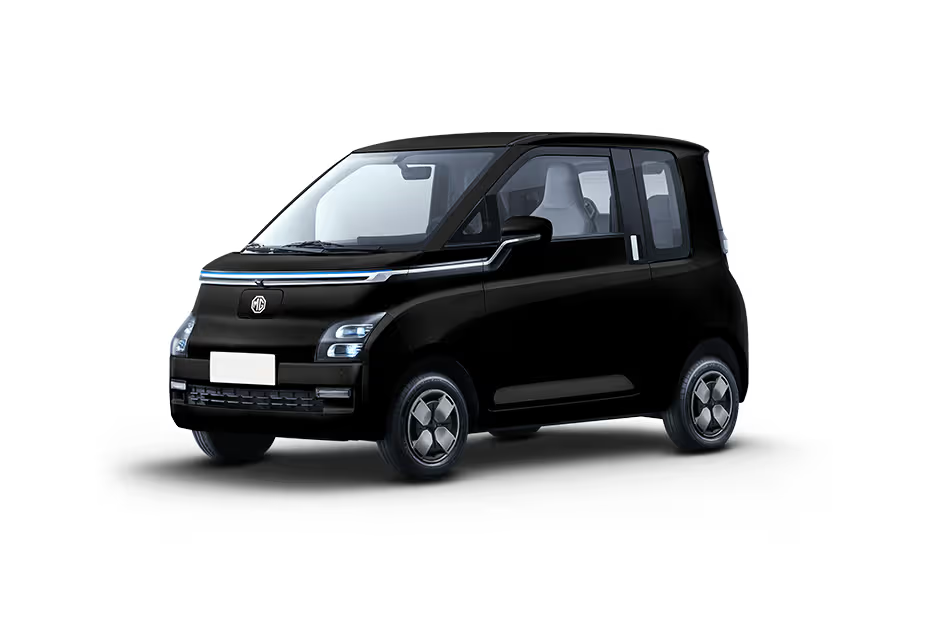
The MG Comet EV is a bold new-age hatchback designed exclusively for urban maneuverability and smart mobility. With a compact footprint and tech-heavy interface, it’s ideal for solo or couple usage.
Key Specs:
- Battery: 17.3 kWh
- Range: 230–250 km
- Motor: 42 bhp, 110 Nm
- Charging: 7 hours (AC charger)
Unique Features:
- Dual 10.25-inch screens (infotainment + cluster)
- Wireless Android Auto & Apple CarPlay
- Smart voice commands and OTA updates
Pros:
- Tech-savvy interface
- Best for city parking and tight lanes
- Low maintenance and running costs
Cons:
- Limited boot space
- Not ideal for long drives
Ideal For: City dwellers, tech enthusiasts, youth drivers
On-Road Price (2025 Estimate): ₹8–9.5 lakh
3. Tata Tigor EV – Practical Family Sedan With Safety and Range
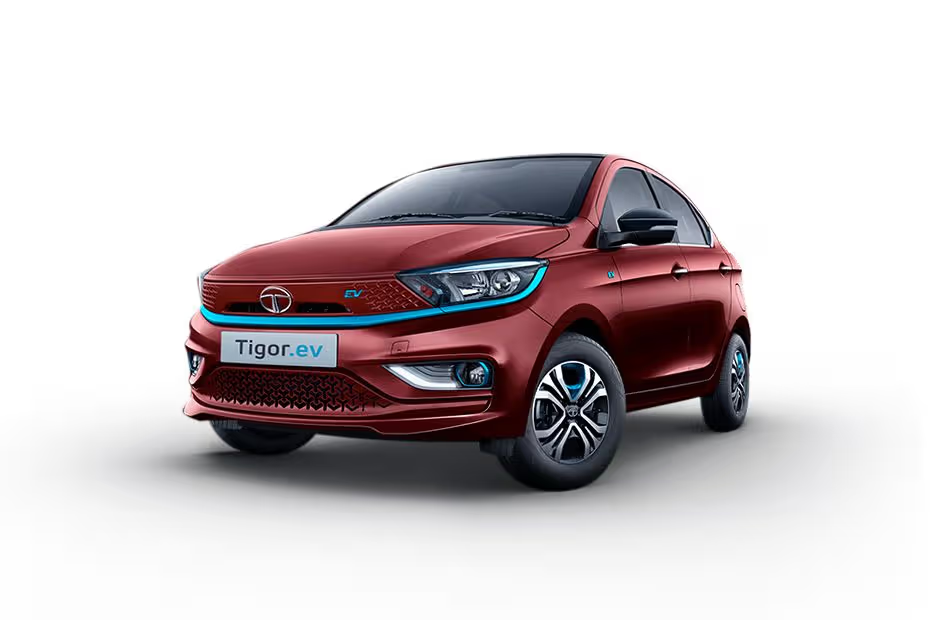
The Tigor EV is Tata’s electric sedan offering, perfect for families needing more space than a hatchback without crossing the ₹15 lakh mark.
Key Specs:
- Battery: 26 kWh
- Range: 315 km (MIDC)
- Motor: 74 bhp, 170 Nm
- Charging: 8.5 hrs (AC) / 1 hr (DC)
Unique Features:
- 4-star GNCAP safety rating
- Regenerative braking
- Multi-drive modes
- Touchscreen infotainment system with connected tech
Pros:
- Strong safety credentials
- Bigger boot space
- Longer range than most sub-₹15 lakh EVs
Cons:
- Slightly dated design
- Cabin materials could be better
Ideal For: Budget-conscious families, intercity travel
On-Road Price (2025 Estimate): ₹12–13.5 lakh
4. Citroën ë-C3 – Euro-Styled Electric Hatch with Roomy Cabin
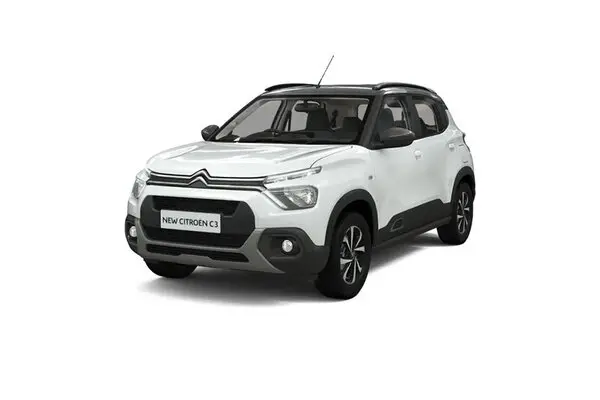
The Citroën ë-C3 is a unique blend of European design and local affordability. It brings a premium feel, ample cabin space, and a peppy electric drivetrain to Indian roads.
Key Specs:
- Battery: 29.2 kWh
- Range: 320 km (MIDC)
- Motor: 56 bhp, 143 Nm
- Charging: 10.5 hrs (AC) / 57 mins (DC fast)
Unique Features:
- Euro-inspired SUV-like styling
- MyCitroën Connect tech
- 10-inch infotainment touchscreen
Pros:
- Spacious for its segment
- Well-tuned suspension for Indian roads
- Value-for-money pricing
Cons:
- No rear wiper in lower trims
- Limited dealership network
Ideal For: City and semi-urban users, comfort-focused buyers
On-Road Price (2025 Estimate): ₹11–12.5 lakh
5. Mahindra eKUV100 – India’s Mini Electric SUV Alternative
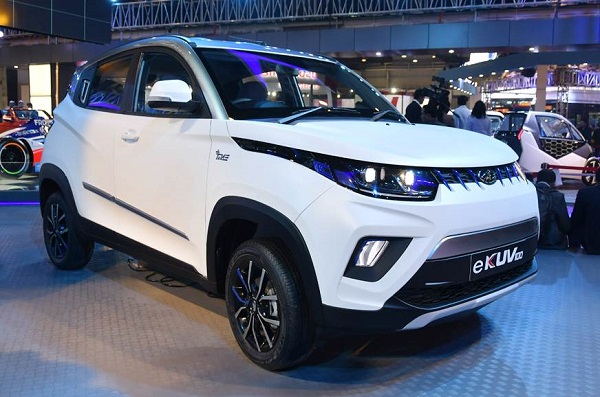
The Mahindra eKUV100 brings SUV appeal to the EV segment, with a compact stance and practical design ideal for Indian roads and parking conditions.
Key Specs:
- Battery: 15.9 kWh
- Range: 150–170 km
- Motor: 54 bhp, 120 Nm
- Charging: 5–6 hrs (AC)
Unique Features:
- Pre-cooling via smartphone app
- Remote diagnostics
- Compact yet rugged SUV build
Pros:
- High ground clearance
- Easy to drive in cities
- Simple and functional design
Cons:
- Limited range compared to rivals
- Basic interior
Ideal For: Entry-level SUV seekers, college students, rural + city users
On-Road Price (2025 Estimate): ₹8–9 lakh
6. Renault Kwid EV (Expected Launch) – Next-Gen Budget EV
Expected to launch in late 2025, the Kwid EV is Renault’s answer to India’s growing need for affordable electric city cars.
Expected Specs:
- Battery: ~20 kWh
- Range: 250+ km (expected)
- Motor: ~45–50 bhp
- Charging: AC and fast-charging compatibility
Unique Features:
- Kwid’s signature SUV-inspired styling
- Modern EV dashboard
- Connected features & infotainment
Pros:
- Budget-friendly pricing
- Modern design with compact form
- Expected competitive feature set
Cons:
- Yet to launch, specs may vary
- May have fewer trims initially
Ideal For: Daily commuters, budget EV seekers, Kwid fans
Expected On-Road Price (2025 Estimate): ₹7–8.5 lakh
Quick Comparison: Top Electric Cars in India Under ₹15 Lakh in 2025
The table below provides a side-by-side comparison of the top electric cars in India under ₹15 lakh, highlighting their key specifications, standout features, and suitability for different types of drivers.
| Car Model | Battery Capacity | Claimed Range (km) | Motor Power | Charging Time | Unique Tech Features | Ideal For | On-Road Price (2025 est.) |
|---|---|---|---|---|---|---|---|
| Tata Tiago EV | 19.2 / 24 kWh | 250–315 km (MIDC) | 60 bhp, 110 Nm | 3.6–7 hrs (AC), 1 hr (DC) | ZConnect app, regen braking, cruise control | City commuters, first-time EV users | ₹9–11 lakh |
| MG Comet EV | 17.3 kWh | 230–250 km | 42 bhp, 110 Nm | 7 hrs (AC) | Dual 10.25″ displays, voice assistant, OTA updates | Urban youth, solo drivers | ₹8–9.5 lakh |
| Tata Tigor EV | 26 kWh | 315 km (MIDC) | 74 bhp, 170 Nm | 8.5 hrs (AC), 1 hr (DC) | 4-star GNCAP rating, touchscreen, connected tech | Small families, daily intercity use | ₹12–13.5 lakh |
| Citroën ë-C3 | 29.2 kWh | 320 km (MIDC) | 56 bhp, 143 Nm | 10.5 hrs (AC), 57 mins (DC) | MyCitroën Connect, 10” infotainment, spacious cabin | Comfort seekers, urban + semi-urban | ₹11–12.5 lakh |
| Mahindra eKUV100 | 15.9 kWh | 150–170 km | 54 bhp, 120 Nm | 5–6 hrs (AC) | Pre-cooling, remote diagnostics, SUV stance | Students, rural & city users | ₹8–9 lakh |
| Renault Kwid EV (Expected) | ~20 kWh | 250+ km (expected) | ~45–50 bhp (est.) | Fast & AC charging supported | Compact EV design, connected car features (expected) | Budget EV buyers, city drivers | ₹7–8.5 lakh (expected) |
Charging Into the Future: Why 2025 Belongs to Electric Cars?
India’s electric vehicle market is witnessing unprecedented growth in 2025, driven by government initiatives, environmental concerns, and consumer demand for more efficient mobility solutions. With the goal of achieving 30% electric vehicle penetration by 2030, the Indian government has accelerated the adoption of EVs through policy support, infrastructure development, and consumer incentives.
One of the primary reasons electric cars are becoming increasingly important is their ability to combat urban air pollution, which is a serious health hazard in many Indian cities. EVs produce zero tailpipe emissions, making them a crucial component in reducing the country’s carbon footprint and improving air quality.
In addition, electric cars reduce India’s dependence on imported fossil fuels, supporting energy security and long-term economic sustainability. As oil prices remain volatile, EVs provide a stable and predictable alternative that’s better aligned with future energy goals.
Major urban centers are also getting EV-ready, with rapidly expanding networks of public charging stations, better road infrastructure for electric mobility, and mobile apps for locating nearby chargers. Cities like Pune, Hyderabad, and Chennai are already piloting EV zones and low-emission corridors.
The FAME-II scheme (Faster Adoption and Manufacturing of Hybrid and Electric Vehicles), alongside state-level subsidies and benefits such as road tax exemptions and registration fee waivers, makes owning an EV more affordable than ever.
Electric cars in 2025 are not just an eco-conscious choice—they’re a smart, future-proof investment offering long-term savings, ease of use, and the latest tech features. For today’s new buyers and upgraders, switching to electric is both a lifestyle upgrade and a financially wise decision.
Advantages of Electric Cars Over Fuel & Hybrid Vehicles
In 2025, electric vehicles (EVs) are no longer just an environmentally conscious choice, they’re a smarter financial and technological upgrade. EVs offer several advantages over traditional petrol/diesel vehicles and even hybrid models, making them increasingly popular among Indian car buyers.
Zero Tailpipe Emissions
EVs produce no tailpipe emissions, meaning they release no carbon dioxide, nitrogen oxides, or particulate matter into the air. This significantly reduces urban air pollution and contributes to cleaner, healthier cities.
Lower Running Cost per Kilometer
Electricity is much cheaper than petrol or diesel. On average, EVs cost just ₹0.6 to ₹1 per km to run, compared to ₹6–8/km for petrol cars. This huge saving adds up over time, especially for daily commuters.
Lower Maintenance Requirements
EVs have fewer moving parts—no oil filters, spark plugs, or exhaust systems, which reduces wear and tear. They require less frequent servicing, making long-term ownership simpler and cheaper.
Instant Torque and Smooth Driving
Electric motors deliver power instantly, resulting in smooth acceleration and a quieter, vibration-free driving experience. This makes city driving more comfortable and responsive.
Fuel Independence
With EVs, you’re no longer dependent on unpredictable fuel prices. You can charge at home, work, or public stations, gaining energy independence and convenience.
Tax and Toll Benefits
Many Indian states offer EV incentives like road tax exemption, registration discounts, and toll fee waivers. This makes buying and owning an EV more affordable from day one.
Comparison: EV vs Hybrid vs Petrol (Running & Ownership Costs)
| Feature | Electric Vehicle (EV) | Hybrid Vehicle | Petrol Vehicle |
|---|---|---|---|
| Tailpipe Emissions | Zero | Partial | High |
| Running Cost (per km) | ₹0.6–₹1.5 | ₹3–₹4 | ₹6–₹8 |
| Maintenance Cost | Low | Medium | High |
| Government Incentives | High | Moderate | None |
| Fuel Dependency | Low (Electric) | Medium (Fuel + Battery) | High (Petrol Only) |
| Noise & Vibration | Very Low | Medium | High |
How to Calculate Electric Vehicle Running Cost
Understanding the running cost of an electric vehicle helps you evaluate its real-world affordability. Here’s a simple formula to calculate how much it costs to drive an EV per kilometer:
Formula:
Running Cost per km = (Battery Capacity in kWh × Electricity Rate per Unit) ÷ Range in km
Let’s take the Tata Tiago EV as an example:
- Battery Capacity: 24 kWh
- Range: 315 km (claimed)
- Electricity Rate: ₹8 per kWh (typical home charging cost)
Calculation:
(24 × 8) ÷ 315 = ₹192 ÷ 315 = ₹0.61/km
That’s significantly cheaper than most petrol cars, which cost around ₹6–₹8 per km to run, depending on fuel efficiency and fuel price.
Charging Types & Costs:
- Home Charging: Cheaper (₹7–₹8/kWh), convenient for overnight charging
- Public Fast Charging: Quicker but more expensive (₹15–₹18/kWh), useful for long trips or emergencies
Keep in mind that using fast chargers frequently may also affect battery life over time. However, the overall affordability, especially for daily users and city drivers, makes EVs the most economical choice in the long run.
By calculating the EV running cost with real-world figures, buyers can make informed decisions and confidently switch from fossil fuel to electric mobility.
Buyer’s Checklist: What to Look for in Budget EVs
Buying a budget electric car in 2025 is not just about price; it’s about long-term value, practicality, and usability. Here’s a comprehensive checklist to help you pick the right EV for your needs:
- Battery Capacity & Certified Range
Check the size of the battery (in kWh) and the ARAI-certified driving range. A bigger battery often means more range, but may also increase the price. For daily city use, 200–300 km of range is sufficient.
- Real-World Performance and Comfort
Look beyond brochure numbers. Consider real-world reviews for how the car performs in traffic, ride quality, seating comfort, and air conditioning effectiveness, especially in hot or hilly regions.
- Charging Compatibility and Time
Ensure the EV supports both regular AC charging and DC fast charging. Know how long it takes to charge at home and at public chargers to avoid range anxiety.
- Infotainment and Connected Tech
Budget EVs now offer digital displays, navigation, smartphone connectivity, and even remote vehicle management. Prioritize tech features that enhance daily usability.
- Safety Ratings and Warranty
Always check for crash test ratings, airbag count, and electronic stability control. A longer battery and motor warranty (usually 8 years) adds peace of mind.
- After-Sales Network and Support
Choose a brand with a reliable service network, especially for EV components like battery management systems, motors, and electronics.
- Available Subsidies and Incentives
State-specific benefits under FAME-II and additional local incentives can reduce the effective on-road price by ₹50,000 to ₹1.5 lakh. Be sure to claim these wherever eligible.
By checking all the above, you’ll not only make a budget-friendly choice but also ensure that your EV is reliable, efficient, and future-ready.
FAQs About Top Electric Cars in India Under ₹15 lakh in 2025
- Are EVs suitable for long drives?
Yes, but with planning. Many budget EVs now offer 200–300 km of range on a full charge. While they may not match fuel cars in highway convenience yet, India’s charging network is improving rapidly with more fast-charging stations on highways.
- How long do EV batteries last?
Modern EV batteries typically last 8–10 years or about 1.5 lakh to 2 lakh km. Most manufacturers offer an 8-year warranty on the battery to assure long-term reliability.
- Can I charge an EV at home?
Absolutely. Most EVs come with a portable home charger compatible with 15A sockets. You can also install a dedicated wall box charger for faster and safer overnight charging.
- What are the subsidies available in 2025?
Under FAME-II, buyers can receive incentives up to ₹1.5 lakh based on battery size. Several states like Delhi, Maharashtra, and Gujarat offer additional subsidies, road tax waivers, and free registration.
- How often should EVs be serviced?
EVs require less frequent servicing than petrol/diesel cars due to fewer moving parts. Basic checkups every 10,000–15,000 km are common, focusing on tyres, brakes, software, and battery health.
- Will resale value improve in the future?
Yes. As EV adoption increases and technology becomes mainstream, the resale market is expected to grow. Battery health reports and service records will be key to maintaining value.
- Can EVs be used in rural areas with limited charging stations?
Yes, especially for short-distance travel. Home charging makes rural usage possible, but limited fast-charging infrastructure may restrict long journeys. Choose an EV with sufficient range and reliability for your area.
Conclusion: The Future is Electric — And It’s Within Reach
Electric mobility is no longer just a concept for the future; it’s a present-day reality, especially for Indian buyers looking for sustainable, economical, and tech-savvy transportation options. The top electric cars in India under ₹15 lakh are proving that affordability and innovation can go hand in hand. With their lower running costs, zero tailpipe emissions, and cutting-edge features like regenerative braking, connected infotainment, and fast-charging options, EVs are redefining the way we move.
What was once considered a premium lifestyle choice is now accessible to the average commuter. These budget-friendly EVs are playing a crucial role in bridging the gap between traditional fuel vehicles and the future of smart, sustainable transport. Whether you’re a first-time buyer, a working professional, or someone upgrading from a petrol or hybrid car, there’s an electric vehicle in this price range that fits your lifestyle and daily needs.
Now is the right time to explore your options:
- Test drive a few EV models to experience the difference in comfort and performance.
- Compare features based on your driving patterns—urban commutes, long-distance, or mixed use.
- Check government incentives like FAME-II subsidies and state-level benefits.
- Ensure charging access, whether at home or nearby public stations.
Make the switch to electric in 2025, because the future is already here. The choices are smarter, cleaner, and more connected than ever before. Let your next car be a step toward a better tomorrow.

